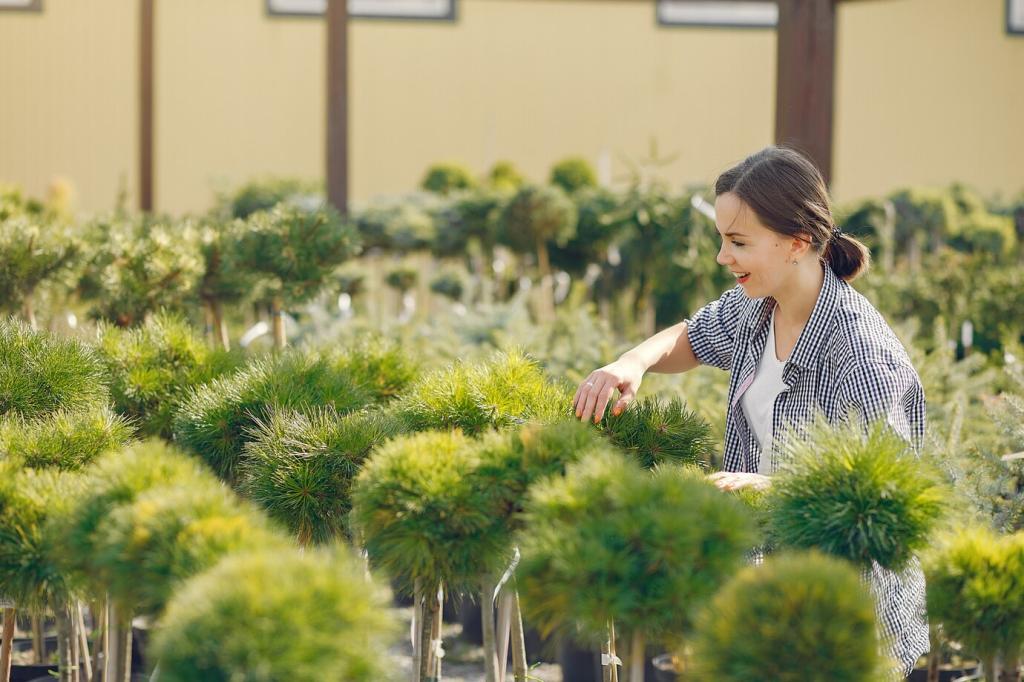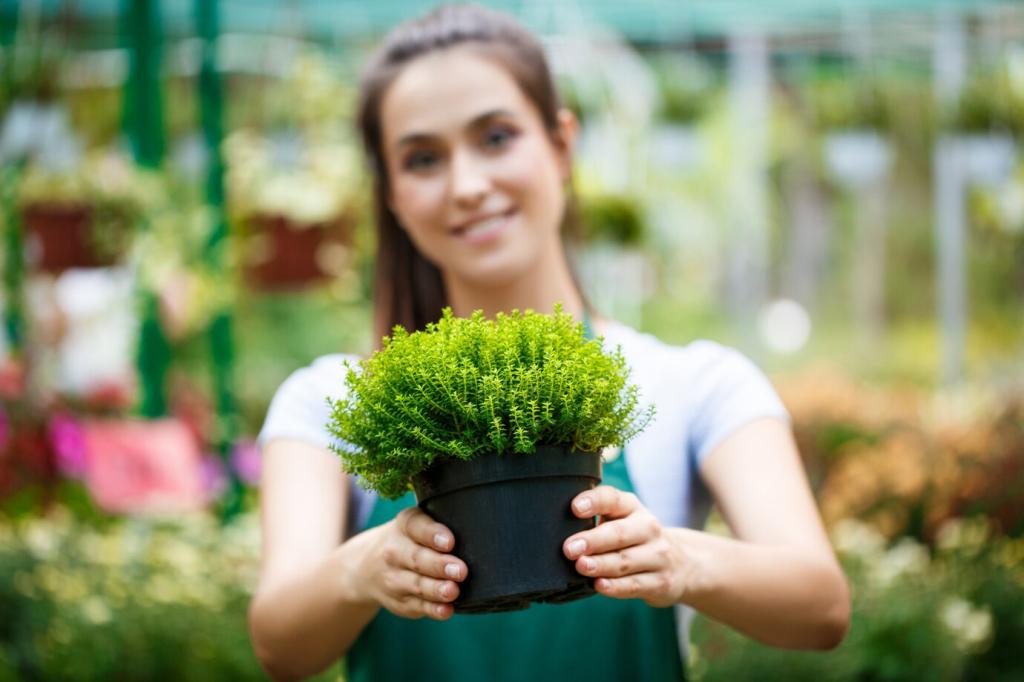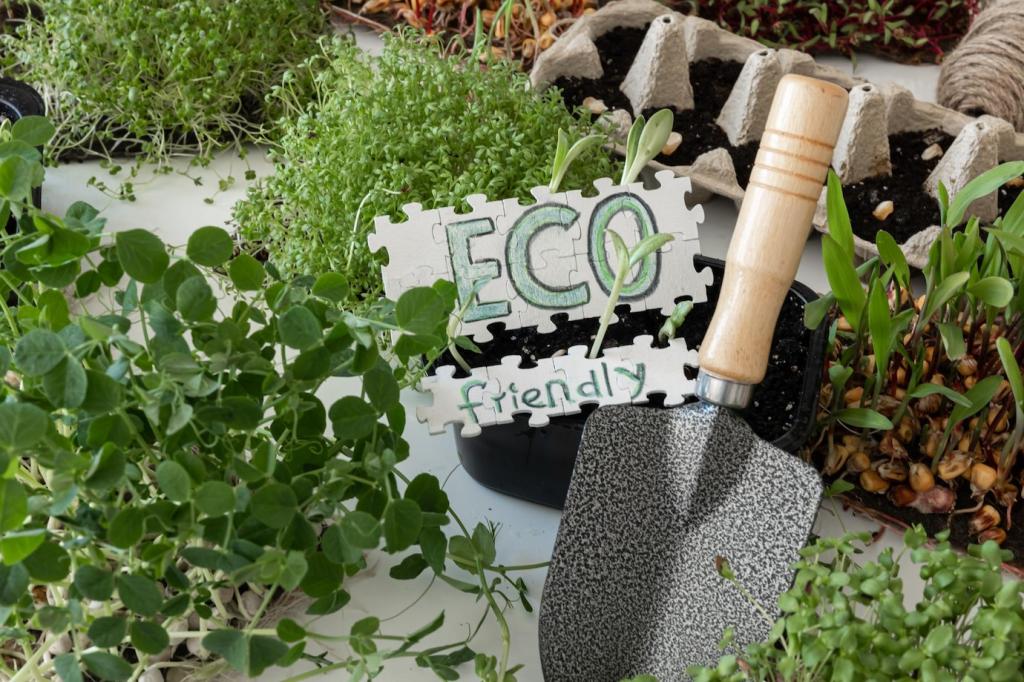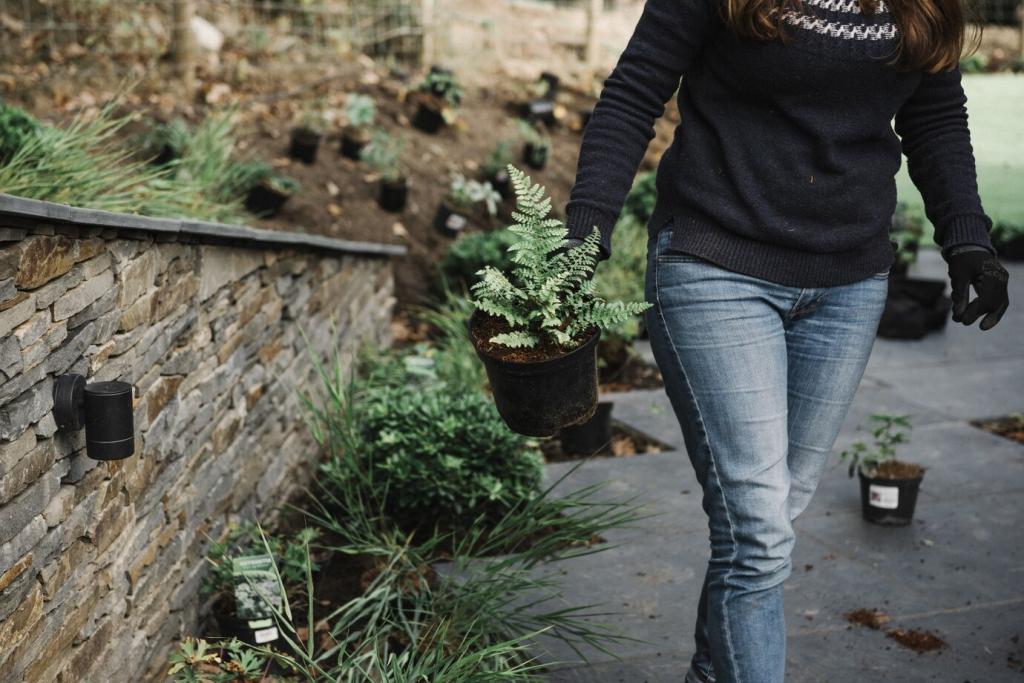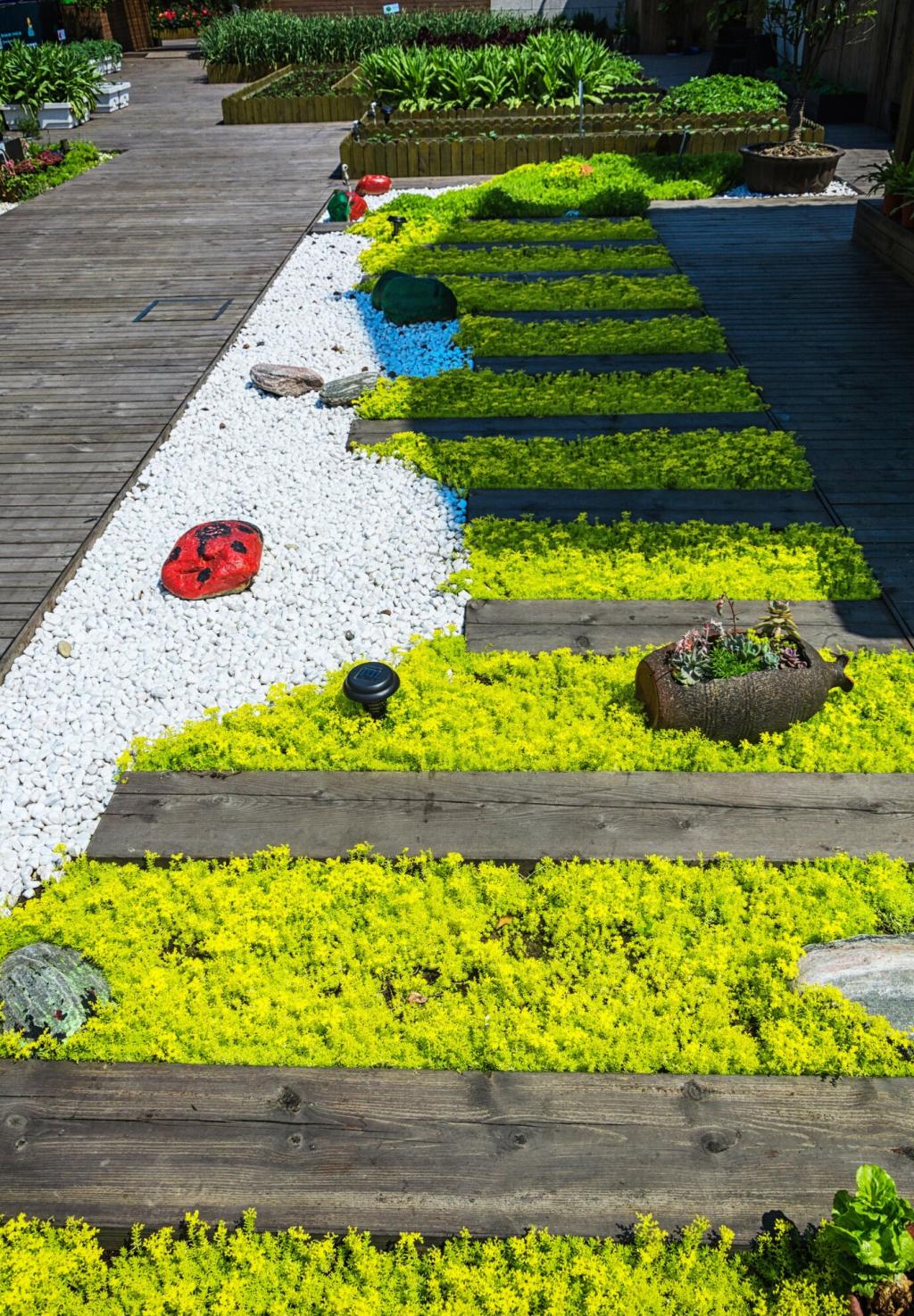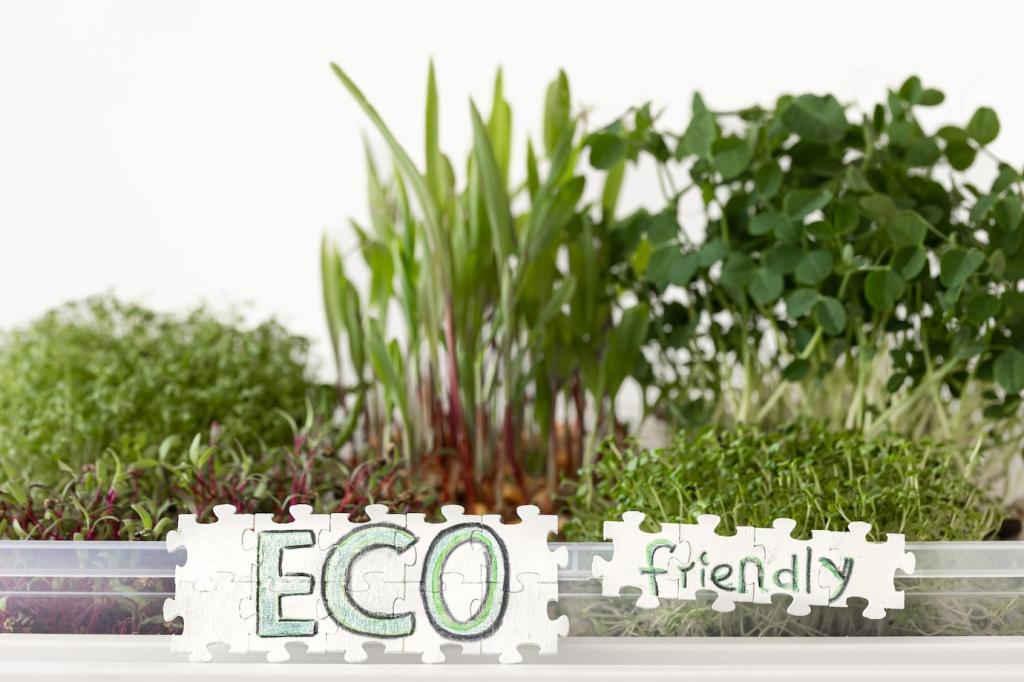Small Balconies, Big Biodiversity
Use stackable planters with mixed depths, pairing shallow herb pockets with deeper berry tubs. Vary texture and bloom time for continuous resources. Post a photo of your layout so readers can borrow clever arrangements.
Small Balconies, Big Biodiversity
Coordinate plant lists with neighbors to create a pollinator corridor across balconies and fences. Share cuttings, swap seeds, and stagger bloom calendars. Invite your building to a mini bioblitz and compare visitor counts.

